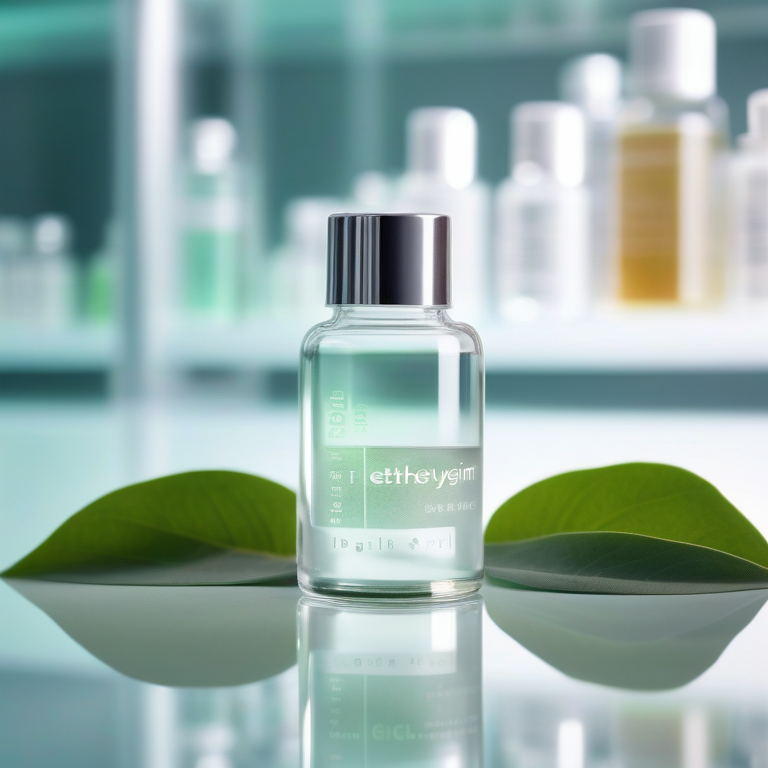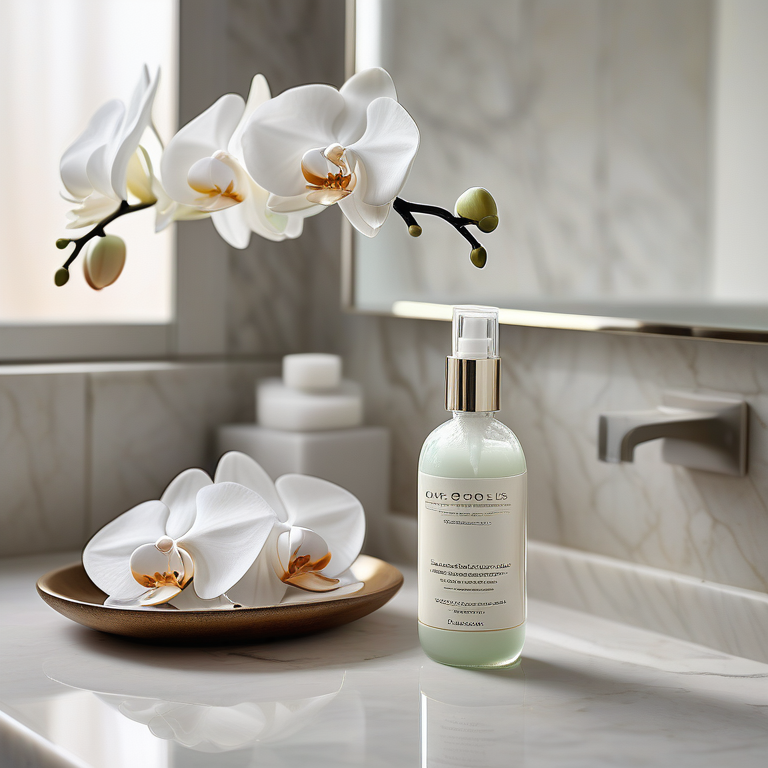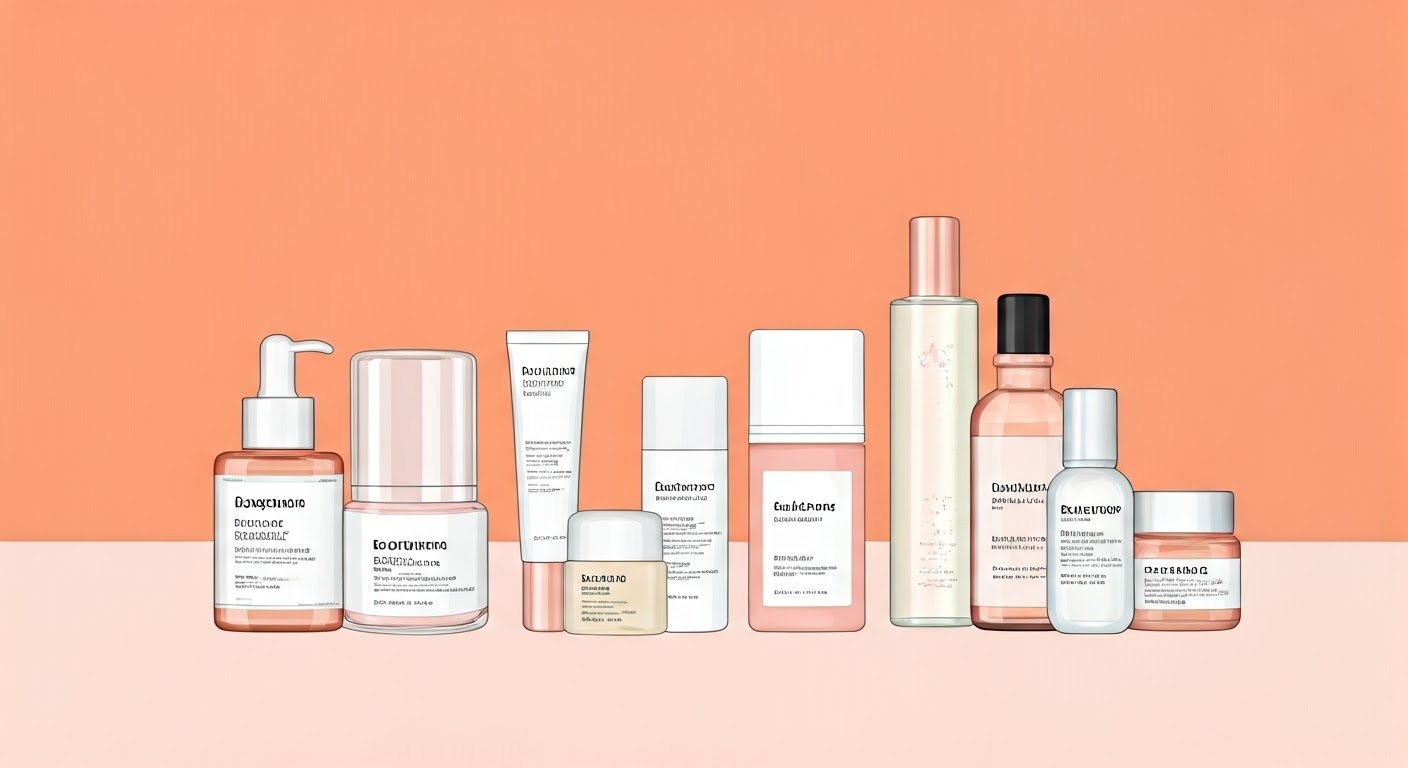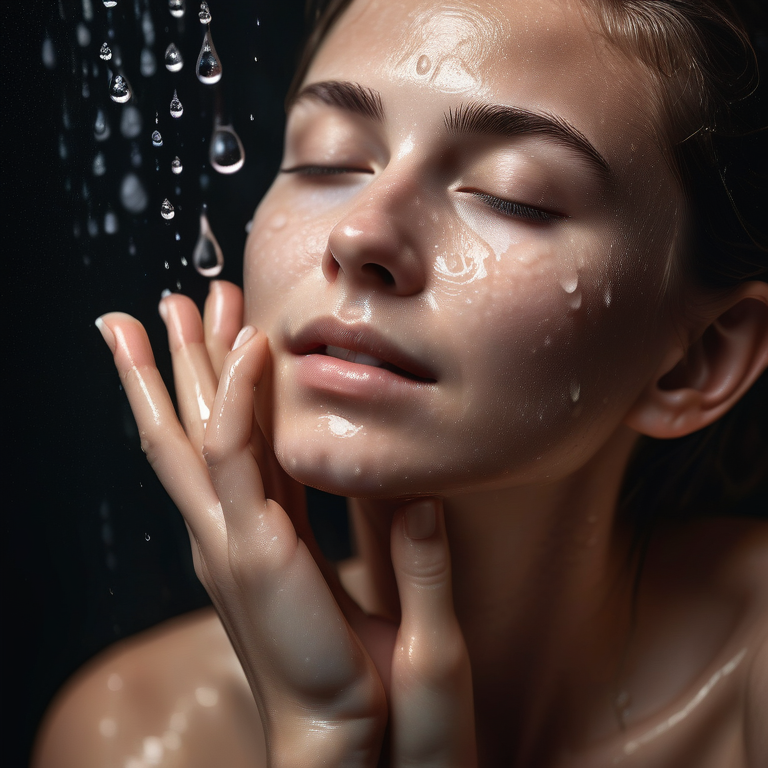What is Ethylhexylglycerin in Skin Care? Its Role


Key Highlights
- Ethylhexylglycerin is a common ingredient in cosmetic products and personal care products.
- It works as a preservative. This helps stop spoilage in cosmetics and skincare products.
- The ingredient also acts as an emollient, making the skin soft and smooth.
- It is generally safe for all skin types. However, it can cause allergic reactions in rare cases.
- Ethylhexylglycerin is often seen as a safer choice than parabens in cosmetic formulations.
- This ingredient increases the effectiveness of phenoxyethanol when they are used together.
Introduction
In the world of skin care and cosmetic products, people are looking for natural and safe options instead of the usual ingredients. Ethylhexylglycerin, also known as EWG, has become a popular choice due to its many uses and low risk of skin irritation. This blog post will introduce ethylhexylglycerin, or EWG, sharing its benefits, how it is made, and its safety for use in skincare.
Understanding Ethylhexylglycerin and Its Role in Skincare
Ethylhexylglycerin is a clear and scentless liquid. It comes from glycerin. You can often find it in many personal care products and cosmetics. People use ethylhexylglycerin because it helps to keep the skin nice and works as a preservative.
Besides its role as a preservative, ethylhexylglycerin behaves like an emollient. This means it helps make the skin smooth and soft. These qualities make it very useful in different skincare products.
The Science Behind Ethylhexylglycerin

Chemically, ethylhexylglycerin is a type of alkyl glyceryl ether. It has a structure made up of a glycerol molecule and an ethylhexyl group joined by an ether link. Ethylhexylglycerin can stop the growth of germs. It does this by breaking down the cell membranes of bacteria and fungi.
It is mostly safe to use, but there are rare cases where it may cause allergic reactions. Ethylhexylglycerin is also much less irritating compared to other common preservatives. If you notice any bad effects or have allergies, it's best to talk to a dermatologist.
Ethylhexylglycerin as a Preservative and Moisturizer
One main job of ethylhexylglycerin is to act as a preservative. It stops bacteria, yeast, and mold from growing in skincare products. This helps to keep them fresh for a longer time. This is especially important for water-based products, which can easily get spoiled by germs.
In addition to preserving, ethylhexylglycerin is also an emollient and multifunctional cosmetic ingredient. It helps to add moisture to the skin and makes it feel smooth and soft. It creates a light and breathable layer on the skin, making it a popular choice for moisturizers and other skincare products. This prevents water from escaping and helps keep the skin hydrated. Ethylhexylglycerin is also commonly used as a preservative, conditioning agent, and humectant in hair care products, as it prevents bacterial growth and increases the shelf life of formulations. That's why it is a preferred ingredient in products meant for dry or sensitive skin.
The Benefits of Ethylhexylglycerin for Skin Health
Ethylhexylglycerin is good for skin health. It is gentle, which makes it great for sensitive skin. It also helps other preservatives work better, so we can use less of them. This is important because some preservatives can irritate the skin.
Additionally, ethylhexylglycerin improves the feel of products. This makes them smoother and easier to put on the skin. That's why it is ideal for items like lotions, deodorants, and sunscreen.
Enhancing Skin Texture and Moisture Retention
As an emollient, ethylhexylglycerin is very important for making skin feel better and keeping it moist. It forms a barrier on the skin. This barrier helps hold in water and keeps the skin hydrated. This is especially useful for people who have dry or dehydrated skin.
Ethylhexylglycerin also helps reduce irritation from other ingredients in personal care products. It is gentle, so it is a great choice for sensitive skin. It can help reduce dryness, redness, and itching.
When added to lotions and creams, ethylhexylglycerin improves how they feel. It makes them easier to apply.
Combating Bacteria and Preventing Infections

Ethylhexylglycerin is a strong antimicrobial agent. It effectively targets different strains of bacteria and fungi, making it a valuable ingredient in combating bacteria and preventing infections. This is especially good in skincare products because it helps to stop bacteria from growing and reduces the risk of infections. By breaking surface tension in liquids, ethylhexylglycerin allows them to mix and “soak in” better, leaving behind a creamy sensation on skin. This not only enhances the effectiveness of other skincare ingredients, but also helps to prevent the formation of bacteria and germs inside containers at room temperature. By preventing the spread of harmful microbes, ethylhexylglycerin is compatible with various formulations and ingredients, making it a valuable and versatile ingredient to have in your skincare routine.
For people who often get contact dermatitis or other bacterial skin issues, ethylhexylglycerin adds extra safety. Its ability to fight germs lowers the chance of getting an infection.
In short, by adding ethylhexylglycerin to your skincare routine, you help your products last longer. You are also supporting a healthier skin environment.
The Production Process of Ethylhexylglycerin
The production of ethylhexylglycerin is a complex process. It starts by getting its main material, glycerin. It's important to source glycerin responsibly to protect the environment and promote fair production.
Then, glycerin is mixed with ethylhexyl alcohol in a carefully controlled process to create ethylhexylglycerin. After that, several purification steps take place. These steps help to remove any impurities and ensure the final product is of high quality.
Raw Materials and Sustainable Sourcing

The primary raw material for ethylhexylglycerin is glycerin, a natural compound typically derived from plant oils such as coconut or palm oil. Sustainable sourcing of these oils is crucial, especially for those following halal practices. Sustainable sourcing ensures the ethical and environmentally friendly production of ethylhexylglycerin. This often involves partnering with suppliers who prioritize fair trade practices, deforestation-free agriculture, and biodiversity conservation.
|
Raw Material |
Source |
Sustainability Considerations |
|
Glycerin |
Coconut Oil |
Sustainable coconut farming practices, fair trade certification. |
|
Glycerin |
Palm Oil |
RSPO (Roundtable on Sustainable Palm Oil) certification to ensure responsible palm oil production. |
Consumers are encouraged to check product labels and brand websites for information regarding sourcing practices and certifications. Transparency and data availability are key for environmentally conscious choices.
The Manufacturing Steps Explained

The making of ethylhexylglycerin is a careful process that has several important steps:
- Etherification: Glycerin and ethylhexyl alcohol react under certain conditions to create ethylhexylglycerin.
- Purification: The mixture then goes through purification to take out impurities and keep the ethylhexylglycerin.
- Quality Control: Strict measures are taken during production to check the purity, effectiveness, and stability of the final product.
The amount of ethylhexylglycerin used in skincare products is carefully chosen. It needs to be both effective and safe. Usually, it is found in amounts from 0.1% to 2%. Always follow the instructions on product labels.
Conclusion
In conclusion, Ethylhexylglycerin is a great ingredient in skincare. It helps improve skin texture, keeps the skin moisturized, and protects against bad bacteria. It works as both a preservative and a moisturizer, making it important for skincare products. Ethylhexylglycerin is also sourced and made sustainably, which makes it safe for different skin types. By understanding its benefits, you can make better choices when looking for skincare products. Use Ethylhexylglycerin to support healthier and glowing skin.
Frequently Asked Questions
Is Ethylhexylglycerin Safe for All Skin Types?
Ethylhexylglycerin is usually safe for every type of skin. It has a low chance of causing allergic reactions and contact allergy. However, it is smart to do a patch test, especially if you have sensitive skin or past allergies. Keep an eye out for any adverse effects. If you notice anything unusual, talk to a dermatologist for advice.
How Does Ethylhexylglycerin Compare to Other Skincare Ingredients?
Ethylhexylglycerin is often seen as a better choice than parabens. Parabens are common preservatives used in skin care products, but they may cause health problems. Ethylhexylglycerin is safer and gentler. You can find detailed ingredient breakdowns at VBelle Skin Care to help you make smart choices.




